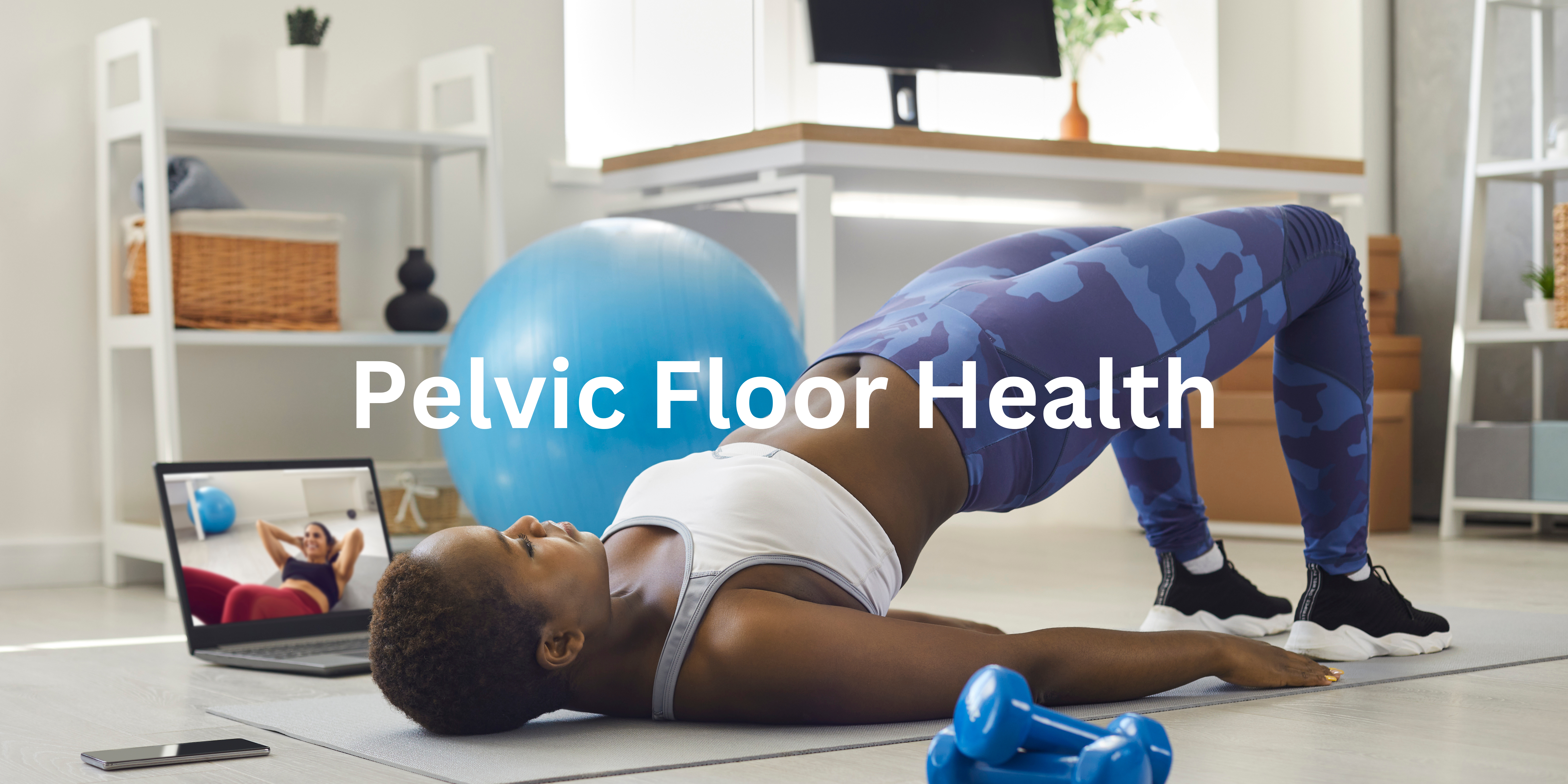Your Pelvic Floor Health Guide
What is the Pelvic Floor?
The pelvic floor is a complex structure of muscles, ligaments, and tissues that supports our bladder, intestines, as well as the uterus in females. It’s essential for maintaining bladder and bowel control, assists with core stability, and plays a role in sexual function. Yet, this is often overlooked, or downplayed which can lead to a range of issues that can significantly impact quality of life. Pelvic floor rehabilitation focuses on ensuring that these muscles function well and are capable of both relaxing or lengthening and tightening or engaging.
What does Pelvic Floor Dysfunction look like?
Common signs of this dysfunction may include urinary leakage when coughing, sneezing, running, or jumping. Ongoing low back pain, challenges toileting, including frequent straining, difficulty eliminating or sudden urgency. Pain in the pelvic area, pain or challenges with intercourse, and for females feeling heaviness or pressure in the pelvic area may also be a sign of dysfunction.
What Causes Pelvic Floor Dysfunction?
There are many different causes of pelvic floor dysfunction. You may struggle with this and not identify with any of the following risk factors, however research suggests that these stressors can increase your risk of struggling with these symptoms. These stressors include pregnancy and or childbirth, aging, surgery, chronic coughing, connective tissue disorders, poor posture, and poor lifting mechanics. It is also possible to identify with many of the stressors listed above and have optimally functioning pelvic floor muscles. Like any muscle or muscle group if you focus on training it, you will see improvement.
Conclusion
Pelvicfloor rehabilitation through exercise is an essential tool in restoring and improving quality of life. By incorporating targeted exercises into your routine, you can strengthen or help relax the muscles that support your bladder, bowel, and reproductive organs, reduce pain, and improve core stability.
Whether you’re dealing with incontinence, pelvic pain, low back pain, or postpartum recovery, regular exercise can help restore balance to the pelvic region and support long-term health. If you have questions or would like guidance on pelvic floor rehabilitation, please reach out and book an appointment. Your pelvic floor deserves the same care and attention as any other part of your body—take the first step toward a healthier, stronger you!
Answer these questions about your pelvic floor health
Do you struggle with urinary leakage? Especially when you cough or sneeze?
Do you have ongoing low back pain?
Do you experience pain or discomfort in your pelvic region on a day to day basis?
Do you struggle with a feeling of heaviness in your pelvic area?
Do you have a history of any surgeries in the pelvic or stomach area?
